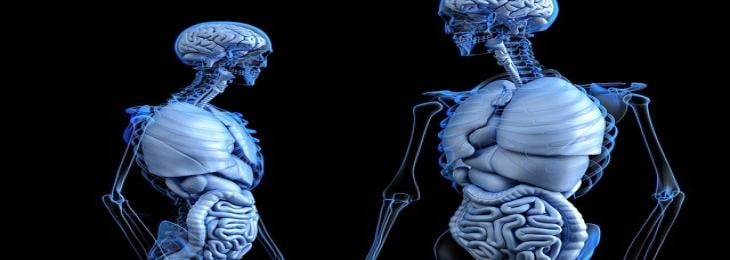
Researchers discovered a unique pathway using which gut bacteria directly communicate with brain neurons that regulate appetite and temperature of the body
By products of gut microbiota are circulated in the bloodstream to regulate host physiological processes such as metabolism, immunity and brain functions. Now researchers at Institut Pasteur, Inserm and CNRS discovered a unique pathway through which gut bacteria directly communicate with brain neurons that regulate appetite and temperature of the body. According to the research published in the journal Science on April 15 2022, this finding may help to develop new techniques to tackle metabolic diseases such as obesity and diabetes.
There are various studies targeting the direct link between gut and brain. In most of these studies, bacteria indirectly influenced the brain through producing molecules that cause cascades of other mechanisms. However, in this new research, the team found a new way through which the bacteria directly control the activity of some specific neurons. In this study the team investigated a receptor known as NOD2 (nucleotide oligomerization domain), which are present in specific immune cells and respond to presence of muropetides, which are bacterial molecules. Further, the team investigated that if any of the brain neurons had NOD2 receptors. The team found that the neurons in various brain parts expressed NOD2 and hypothalamus, which is a part of the brain that regulates metabolic functions, exhibited high density of NOD2 activity.
After conducting experiments in animals, the team found that muropeptides directly induce neural activity in the brain parts that control appetite. The mice that lacked NOD2 were seen to gain weight rapidly with higher risks to metabolic diseases such as diabetes. Moreover, the team discovered that without these NOD2 receptors the muropeptides fail to support regulation of appetite and body temperature. The research needs more work to find out if this same pathway of gut and brain functions similarly in human metabolism.






